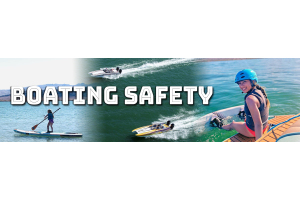hese the terms "Networking" and "Interfacing" are often confused. Lets define them.
- Networking - This is a proprietary protocol for multi-function displays to exchange information and share sensors. Basically, it allows two or more displays from the same manufacturer to connect to each other with a simple network cable so whatever you are able to see on one display you are able to see on the other. Networking allows you to share complex data such as radar information, fishfinder data, weather data, etc. A few years ago networking did not exist, so if a radar antenna was connected to a display it would only be able to be used from that display. With modern networks the radar c an be plugged into one display but controllable and viewable from another. Networking is very useful on boats with multiple stations, or in cases where the owner simply wants the flexibility to view any system component on any screen.
- Interfacing - This has been around since before me. It is most commonly done via NMEA0183. Interfacing is a limited protocol that allows data to be shared among different brands of electronics. It is accomplished by connecting a series of wires from one unit to a series of wires to another unit. Interfacing allows the sharing of numeric data, basically anothing that can be displayed as a word or number. The most common things to share are Speed, Depth, Water Temp, Heading and GPS Position. I'll go into more detail below about how to actually interface two or more devices. Interfacing has evolved greatly in the past few years and now NMEA2000 is becoming th ecommon protocol. NMEA2000 uses simpler connectors, so it doesn't require you to figure out what wire connects to what as with NMEA0183. If your system is capable of NMEA2000 we recommend interfacing via this protocol.





